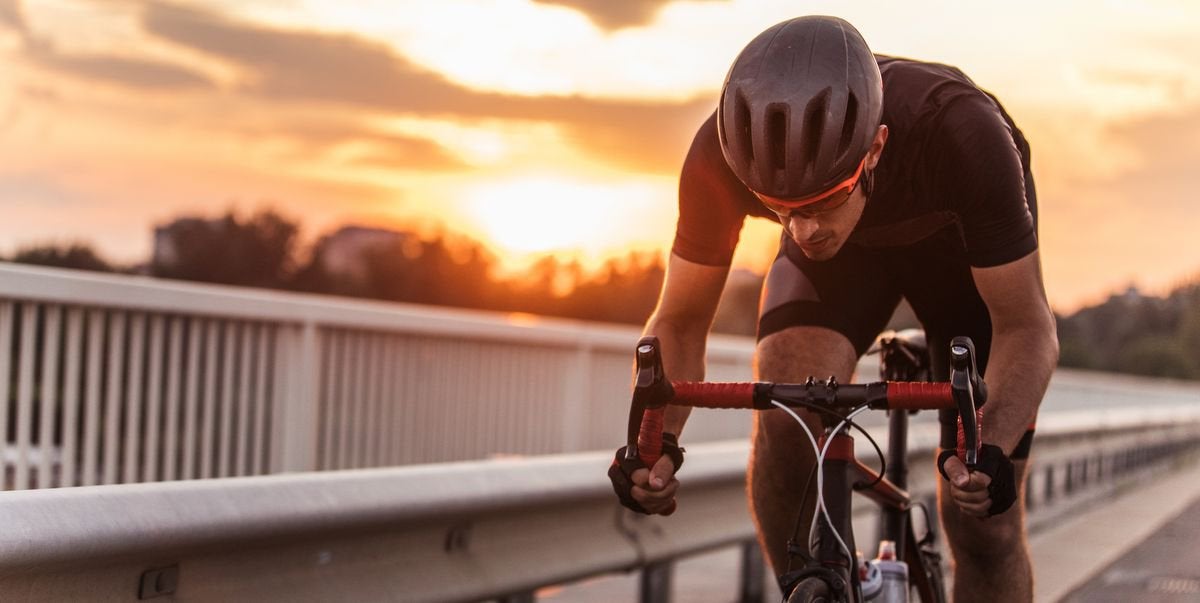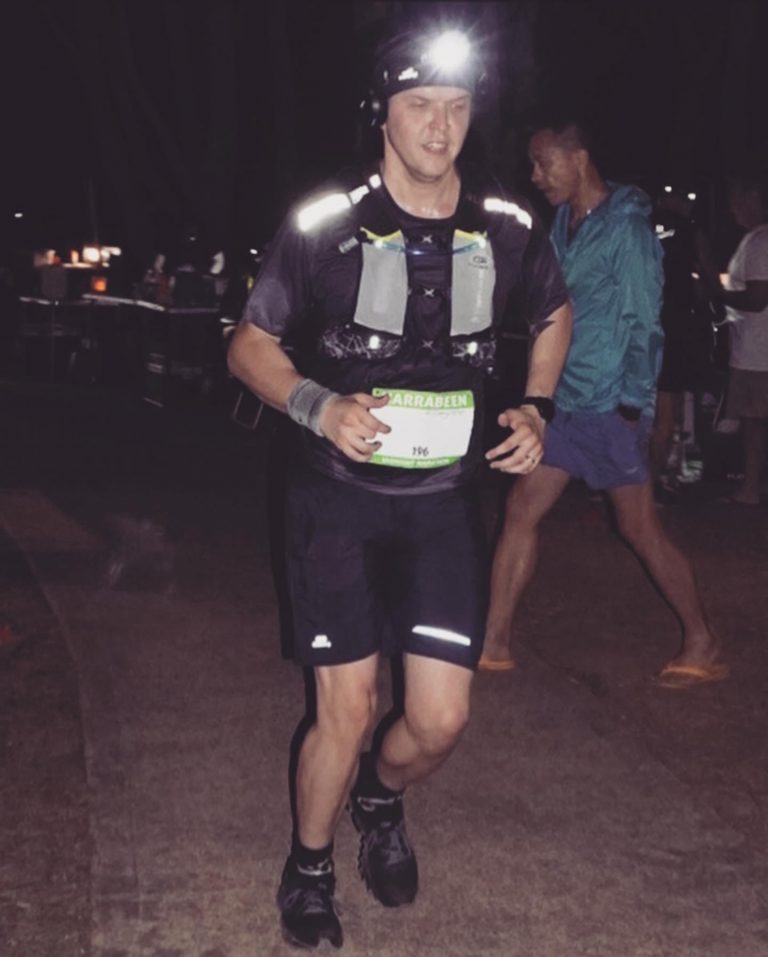Beginner cyclists or weekend hobbyists might not think much about their riding cadence, but this key metric is crucial to improving your overall cycling performance.
An experienced cyclist will have their ideal cadence down pat, and the results show themselves in the way they effortlessly glide at speeds unthinkable for the average person. They can do this because they’ve been trained to follow ideal pedaling patterns when they ride. These patterns can vary depending on the terrain and your skill level. Understandably, they may also take quite a bit of time and effort to master.
However, that doesn’t mean that this skill is reserved only for the top-level professionals; anyone, including you, can do it if you train well enough. In this article, we’ll talk about riding cadence, why it’s important, and how you can use it to improve your performance.
Riding Cadence Explained
Riding cadence is the number of pedal revolutions you make in a specific measure of time. At its most basic explanation, it’s how fast the pedals rotate. That’s why the most common unit for cadence in cycling is RPM or rotations per minute.
Knowing the right cadence to use in a situation can improve your ride. In the world of professional races like the Tour de France, every little bit of advantage counts – and mastering your ideal cadence can certainly bring in a lot of benefits.

In fact, if you observe closely, you’ll notice that cyclists don’t pedal at the same rates. This is because your ideal riding cadence is subjective and depends on each one’s physical performance, equipment, and even strategy. Mastering cadence allows athletes to draw all their advantages together to bring out the most in their performance.
Why Does Riding Cadence Matter?
Sure, riding cadence is important for professional athletes – but what about for the rest of us?
Mastering cadence still results in many benefits for non-athletes. After all, cadence is a component of power, calculated with the torque, or the force you exert to push the pedals.
Basically, if cadence refers to how fast you push the pedals, torque refers to how hard you do it. With these two metrics, you can get a useful idea of how hard and fast your body is working. You can then use these measurements to tailor your cycling cadence to your needs.
For instance, you might prefer a lower cadence if you have a muscular build, since it affords you the muscular power and endurance needed to keep pedaling hard.
That said, achieving speed with a lower cadence puts a strain on your muscles. Since a lower cadence means you’re making fewer revolutions of the pedal per minute, you have to exert more power to achieve the same speed. This can result in muscle strain and soreness after the cycling session.
On the other hand, if you have a leaner build, you might want to switch to a higher cadence. This is much easier on the muscles, transferring the burden to your cardiovascular system instead. However, cycling for too long using a higher cadence can make you tired much faster.
Is There an Ideal Riding Cadence?
There’s no magic number that will make you a better rider. If you want a baseline, anywhere between 60-80 RPM is a great start for beginner cyclists – but that’s not an ‘ideal’ cadence, just a general standard.
As mentioned, your ideal riding cadence is relative to you.
First of all, physique plays a role in your ideal riding cadence. As mentioned above, people with different builds can play to their strengths by choosing different riding cadences. Two, your equipment also have an impact. Factors such as the type and model of your chainrings and cassettes can indirectly affect your cadence.
Keep in mind that there’s no one cadence that suits all occasions. Power and speed requirements will differ based on the terrain that you’re riding in. If you’re cycling up a hill, for instance, you may need to shift to a high gear, allowing you to pedal harder at the expense of a lower cadence. As you go down the hill, you can switch back to a lower gear and thus, a higher cadence.
Lastly, if you’re using cycling as a form of workout, then the ideal cadence depends on your goals. If you want to build muscle, a low cadence of 50-60 RPM with a higher resistance will do the trick. Meanwhile, a high cadence of 90-100 RPM with a lower resistance is a great way to get your heart rate higher and your breathing rate faster.
One of the most important determinants in finding your ideal cycling cadence is simply experience: the more time you spend on the saddle, the more likely you are to find a cadence that works for you in various situations.
Measuring Riding Cadence
You can measure riding cadence by simply counting how many times you pedal in a minute. However, this method is not ideal entirely because it neglects other factors such as variance and terrain.
A more reliable way of measuring cadence is through cadence sensors that attach to your bicycle. These are small devices that you can mount on your bike.
Typically, these devices record how many times your crank arm passes a predetermined point and then sends the data to a separate bike computer. Some models work as a standalone, such as the Wahoo RPM Cadence Sensor, while some can connect to smart performance watches such as Garmin.
How to Improve Riding Cadence
There are many benefits to improving your current riding cadence. It decreases muscular strain, increases fatigue tolerance, and results in faster speeds. All of these benefits can be attained through constant practice.
If you think your riding cadence needs improvement, here are some tips:
- Set training sessions where you change to an easier gear while maintaining the same speed. This will force you to work harder in order to keep the pace.
- Increase the sets over several weeks. As you get more used to the new cadence, it will get easier and easier.
- Schedule indoor cycling sessions. Periodic indoor training is a great opportunity to consciously increase your cadence without the distraction of the road.
- Spread out your training instead of bulking it up in one day. A schedule of two to three short indoor sessions every week is more effective in changing your habits.
- Indoor training sessions should be done simultaneously with regular rides, both with consistent changes to your cadence.
As you may have noticed, your riding cadence is mostly a matter of habit. You don’t have to do anything special to change it, you just have to get used to pedaling faster.
Mastering Your Riding Cadence
Mastering the ideal riding cadence for every situation is a must for professional athletes – but it can also be beneficial for cyclists of every level.
Knowing your current cadence and improving your metrics will increase your physical power, resulting in less fatigue, more endurance, higher speed, and an overall more enjoyable ride.
If you want to improve your cadence, simply change your habits by practicing riding with an increased cadence for a set duration. More than that, nothing beats spending more time in the saddle, so enjoy the process!
Sources:

Marko Rakic is a trail runner and fitness enthusiast from Sydney, Australia. He is the lead writer for The Ultimate Primate and believes the best way to live a happy life is through constantly challenging yourself.
